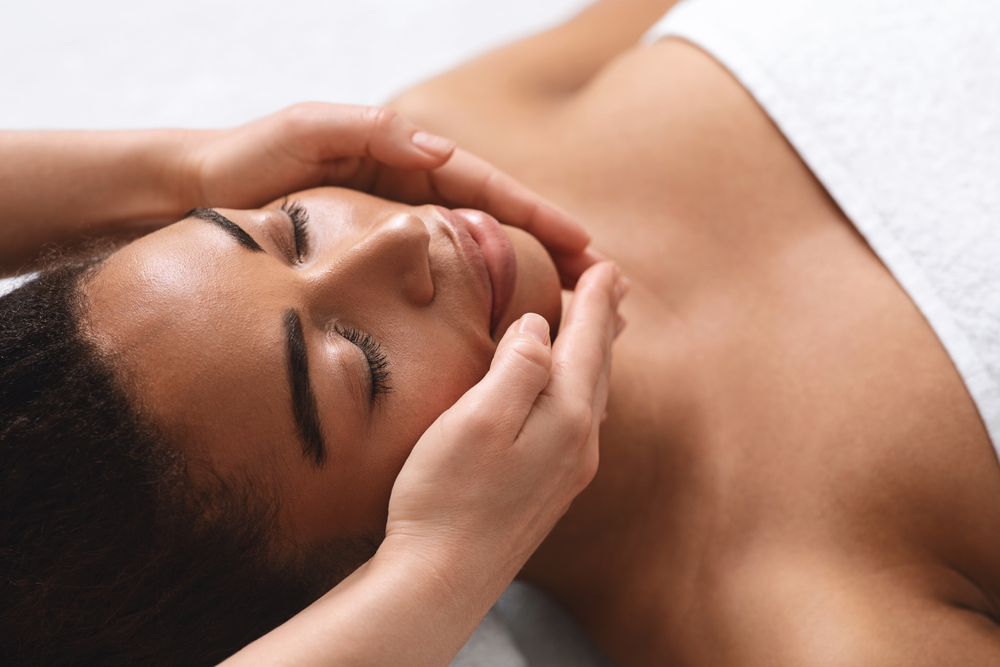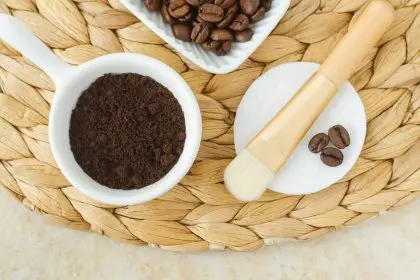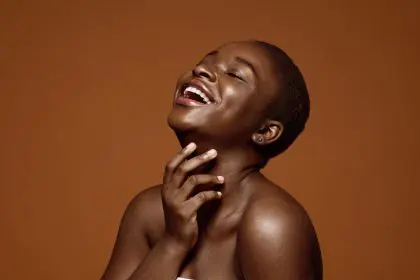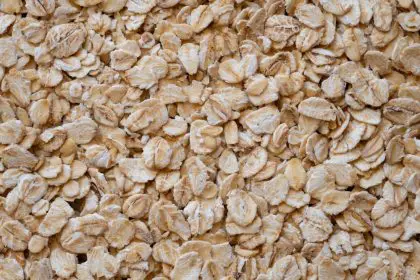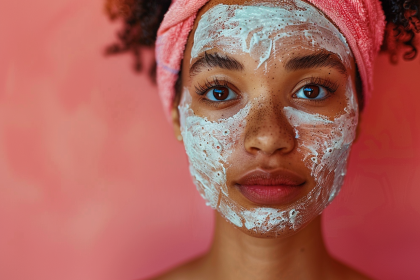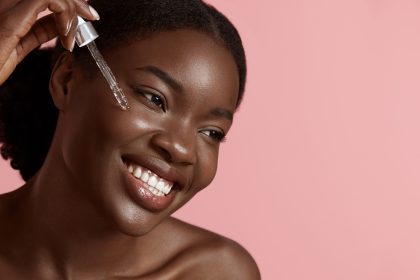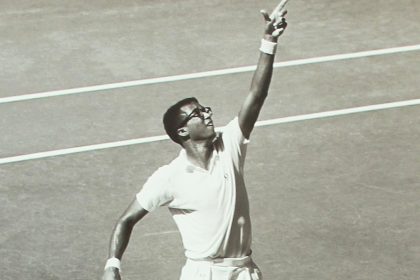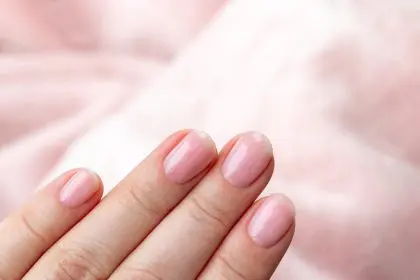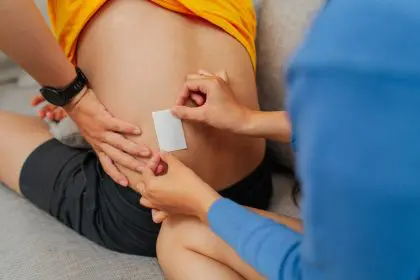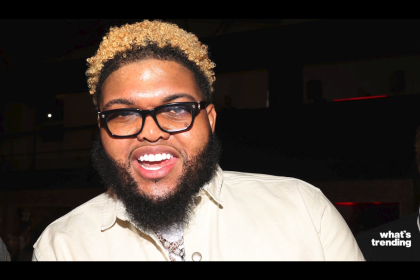Discover why those trendy face exercises could be working against you and which science-backed alternatives actually deliver results
How facial exercises backfire
The allure of facial exercises seems logical at first glance. After all, if working out builds muscle in your arms and legs, shouldn’t facial exercises tone the muscles in your face? This seemingly sensible connection has driven the popularity of facial yoga, face gymnastics, and various muscle-tensing routines claiming to lift, tighten and rejuvenate aging skin.
However, the facial anatomy differs fundamentally from other body areas in ways that make traditional exercise concepts problematic. Unlike body muscles that benefit from being larger and more defined, facial muscles function best when they work efficiently without excess bulk. The skin covering these muscles is also significantly thinner and more delicate than elsewhere on the body.
When performed regularly, facial exercises often create repetitive movements and expressions that etch lines into the skin rather than smoothing them. This happens because repeatedly creasing the skin in the same patterns—whether through exercise routines or habitual expressions—breaks down collagen and elastin fibers that maintain skin’s youthful resilience.
The muscle-fat paradox
The face contains over 40 muscles responsible for our expressions and movements. Unlike body muscles that attach to bones on both ends, many facial muscles connect directly to the skin on one end. This unique arrangement means that building these muscles can actually push outward against the skin, potentially creating a more aged appearance rather than a lifted one.
Furthermore, facial aging primarily results from volume loss—particularly fat pad reduction and displacement—rather than muscle laxity. The youthful face has a characteristic heart-shaped appearance with fullness in the cheeks and temples. As we age, these fat pads diminish and shift downward, creating hollows in the mid-face and heaviness in the lower face.
Facial exercises target muscles but do little to address this critical fat redistribution. In some cases, strengthening certain facial muscles can actually accelerate fat pad movement by repeatedly tugging on the attachments that keep these fat pads positioned correctly in youth.
Repeated motions create lasting lines
The skin maintains its smooth appearance through the structural proteins collagen and elastin, which provide firmness and elasticity. Every time the skin creases during a facial expression or exercise, these fibers experience minute damage. In youth, rapid regeneration repairs this damage effectively, but this recovery process slows dramatically with age.
Facial exercises typically involve exaggerated expressions—wide smiles, puckered lips, raised eyebrows, and squinted eyes—performed repeatedly. Each repetition reinforces the same crease patterns in the skin. Over time, these movements etch permanent lines exactly where most people hope to minimize wrinkles.
This phenomenon explains why expression lines develop in predictable patterns: crow’s feet radiating from the eyes from squinting, horizontal forehead lines from raising eyebrows, and nasolabial folds from smiling. Facial exercises often amplify precisely these movements, potentially accelerating rather than reducing these signs of aging.
Uneven results and muscle imbalances
Another drawback of facial exercise programs involves their tendency to produce uneven results. The face contains muscles of varying strengths and sizes, with some naturally more dominant than others. Just as body workouts can create imbalances when certain muscles are overworked compared to their counterparts, facial exercises can similarly lead to disproportionate development.
These imbalances manifest in several ways. Some people develop an unnatural fullness in certain areas while others remain unchanged. More concerning, some experience increased tension in already dominant muscles, potentially worsening existing asymmetries or creating new ones.
For instance, exercises targeting the masseter muscles along the jawline may create a wider, more square appearance—an effect some find aging rather than rejuvenating. Similarly, overdeveloping the frontalis muscle in the forehead can actually increase its pulling action on eyebrows, potentially worsening rather than improving brow positioning.
The stress connection
Many facial exercise routines require intense concentration and create tension that extends beyond the targeted muscles. This often manifests as furrowed brows, clenched jaws, or tightened neck muscles during the exercises. These tension patterns, when repeated regularly, can become habitual, creating a perpetually stressed appearance even when not actively exercising.
Chronic facial tension contributes significantly to aging by restricting blood flow and lymphatic drainage. Reduced circulation means fewer nutrients reach the skin cells while waste products accumulate. The resulting tissue congestion contributes to dullness, puffiness, and compromised skin function.
Additionally, the stress response triggered during intense facial exercises elevates cortisol levels. Elevated cortisol accelerates collagen breakdown, reduces hyaluronic acid production, and impairs cellular repair mechanisms—all processes that accelerate visible aging.
Evidence-based alternatives that work
While facial exercises present significant drawbacks, several evidence-backed approaches effectively address facial aging without these detrimental effects:
Proper skincare fundamentals form the foundation of effective facial rejuvenation. Daily sun protection prevents up to 90% of visible aging by shielding collagen and elastin from degradation. Topical retinoids remain the gold standard for stimulating collagen production, improving cell turnover, and reducing fine lines. Antioxidants like vitamin C protect against environmental damage while brightening the complexion.
Facial massage with appropriate techniques offers benefits without the drawbacks of repetitive expressions. Gentle upward strokes that don’t tug or stretch the skin improve circulation, reduce fluid retention, and relax tense muscles. Unlike exercises, proper massage never creates creasing or reinforces wrinkle patterns.
Microcurrent therapy delivers gentle electrical stimulation that reeducates facial muscles without creating damaging expressions. This technology tones muscles while simultaneously stimulating cellular activity and ATP production, enhancing overall skin health while maintaining proper muscle function.
Gua sha and facial rolling techniques, when performed correctly with sufficient lubrication and proper pressure, stimulate lymphatic drainage and improve circulation without creating repeated creasing patterns. These traditional practices focus on releasing tension rather than building muscle.
Red light therapy utilizes specific wavelengths that penetrate the skin to stimulate fibroblast activity, increase collagen production, and enhance cellular metabolism. This non-invasive approach addresses skin quality and muscular function simultaneously without creating tension or reinforcing expression lines.
The role of muscle relaxation rather than building
The most effective approaches for facial rejuvenation focus on relaxing overactive muscles rather than strengthening them. This understanding has revolutionized aesthetic treatments over the past two decades. The immense popularity of neurotoxin injections demonstrates the effectiveness of reducing rather than increasing muscle activity in specific areas.
The principle extends beyond clinical treatments into daily practices. Techniques that release habitual tension patterns—such as consciously relaxing the jaw, softening the space between eyebrows, and dropping shoulder tension—provide immediate visible improvement and prevent the formation of deep expression lines over time.
Training facial awareness helps identify unconscious tension patterns that contribute to premature aging. Simple mindfulness practices that scan for and release facial gripping throughout the day prove more beneficial than dedicated exercise sessions that reinforce these same patterns.
The nutrition and hydration connection
Internal support plays a crucial role in maintaining youthful facial contours and skin quality. Collagen production requires specific nutrients including vitamin C, copper, zinc, and amino acids. Antioxidant-rich foods protect existing collagen from degradation, while omega-3 fatty acids reduce inflammation that accelerates aging.
Proper hydration fundamentally affects skin appearance, with even mild dehydration magnifying fine lines and reducing skin plumpness. Beyond water consumption, electrolyte balance influences how effectively cells retain moisture. Foods rich in potassium, magnesium, and natural sodium support cellular hydration more effectively than water alone.
Strategic nutrition produces improvements that no amount of facial exercise can achieve. The nutrients reach every layer of facial tissue, supporting structures from the inside out rather than attempting to manipulate them externally.
Postural influences on facial aging
Head and neck positioning significantly impacts facial appearance yet receives little attention in typical anti-aging approaches. Forward head posture—where the head juts forward from the shoulders—creates downward drag on facial tissues and restricts normal circulation and lymphatic flow.
Correcting this alignment through postural awareness and strengthening exercises for the upper back and neck creates an immediate lifting effect on facial contours. Unlike facial exercises, these postural corrections address structural causes of sagging without creating damaging tension patterns in the face itself.
Proper ergonomics during daily activities, particularly during screen use, prevents the development of aging posture patterns. Simple adjustments like positioning screens at eye level, maintaining shoulder relaxation, and taking frequent movement breaks contribute more to facial rejuvenation than targeted facial exercises.
The power of expression training
Rather than performing repetitive facial movements as exercises, training conscious control over everyday expressions yields better aesthetic results. Becoming aware of habitual expressions—such as furrowing brows while concentrating or pursing lips while thinking—enables the modification of these aging patterns.
This approach doesn’t mean suppressing emotional expression but rather developing awareness of unnecessary tension that accompanies them. For example, expressing joy doesn’t require maximum contraction of every facial muscle; subtle expressions create the same emotional connection without the tissue-damaging intensity.
Expression modification represents a sustainable approach to facial aging prevention. Unlike facial exercises that must be performed indefinitely to maintain results, adjusted expression patterns become automatic over time, requiring less conscious effort while providing continuous benefits.
Finding balance for facial wellness
The most effective approach to facial rejuvenation combines strategic relaxation of overactive muscles, support for underactive areas, proper circulation maintenance, and internal nutritional support. This balanced methodology addresses all factors contributing to facial aging rather than focusing solely on muscular concerns.
Understanding facial anatomy and aging processes allows for targeted interventions that work with natural structures rather than against them. The face requires a fundamentally different approach than the body, with gentle support providing better outcomes than rigorous exercise.
Adopting this comprehensive perspective transforms anti-aging efforts from fighting against natural processes to working harmoniously with facial physiology. The results manifest not just as younger-looking features but as a naturally vibrant appearance that continues improving over time.

